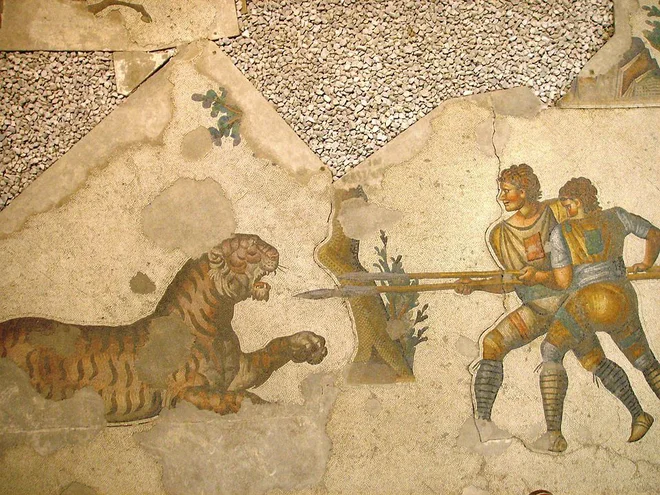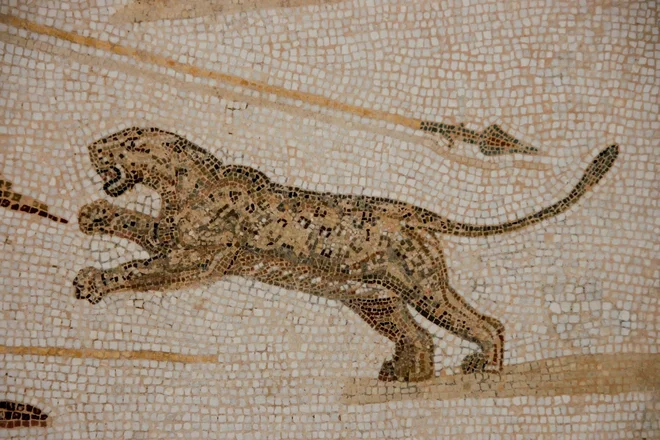first discovered the bones of the gladiator who died in the fight with the lion

Knowing the fighting of gladiatorsthe brutal ancient Roman spectacle, which included humans and often animals that were brought from the remote corners of the then known world, and then their existence, like the existence of people, ended in the arena, has gained new dimensions.
Although gladiatorial fights We associate mainly with the Roman Colosseum and the Apennine Peninsula, the Romans successfully exported this « civilization » to the conquered territories.
Even to the UK, in which, with analyzing the bone of a man buried in the preserved cemetery of gladiators near York, they have now discovered that he was a victim of fighting a big cat, specifically lion.
Tigers had to first suffer in a long journey from India, after which they ended up in the arena. Depicting a gladiator struggle from Constantinople from the 5th century. Photo: Wikipedia
The first archeological evidence of the fight between man and lion
Magazine Plos one She published the finding of experts that bites on his skeleton are the first discovered archaeological evidence of the fight between man and lion.
The remains of a man, estimated by the ages between 26 and 35, were discovered during the 2004 excavations at Driffield Terrace, and the current forensic analysis revealed that holes and bites on his pelvis are most likely due to the lion’s attack, writes BBC. Tim Thompsonforensic expert from Maynooth University in Ireland, who led the research, is convinced that this is the first physical proof of the fighting of gladiators with big cats.

The gladiatorial struggles with beasts were held throughout the Roman Empire. In the photo, a mosaic from El Jem in Tunisia. Photo: Will Dunham/Reuters
First physical evidence
« This discovery brings the first direct, physical evidence that such events were really happening during this period, and changing our perception of Roman entertainment culture in the region, » Thompson stated. “We found that the bites happened around the time of death. So it was not an animal that would go to a man as a vulture, after death. Bites are associated with his death. «
Experts compared the bite traces to the sample bites of large cats in the London Zoo and found that they belonged to the lion. The pelvis is not a place where lions usually attack, so they estimated that the lion bitten and dragged the hip in the fight of the gladiator.
The man was also buried with two more and covered with horse bones. Signs of other shoulder and spine injuries associated with heavy physical work and struggle were also discovered on his skeleton.
The discovery further supported the assumption that there was probably an amphitheater in Roman York, but has not been discovered so far.






